
Chateaux to visit
Visit Aquitaine and you’ll have a wealth of Chateaux to explore, I’ve listed a few personal favorites below.
The Périgord is said to be rich in a thousand and one Chateaux and the Bergerac region is not to be outdone, offering you a wide variety of heritage sites and historical monuments. Take a trip back time visiting some of these beautiful sites.
Useful Links

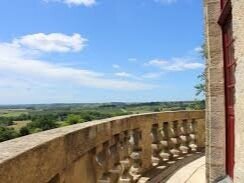
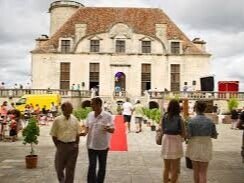
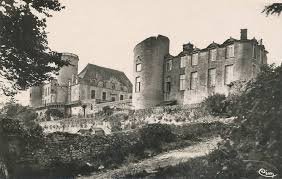
Chateau de Duras
Originally built during the 12th Century, the Castle was turned into an impregnable fortress in the early 14th Century by Bertrand de Got the then owner. He was the nephew and namesake of Pope Clement V who gave his support to the work.
The Durfort family acquired the Castle before the start of the Hundred Years War (1337-1453) during which time it was under the control of first, the Duke of Aquitaine, King Henry II of England, and then the French King, Louis VII the younger. Envied by many noble families, Duras (the Durfort family), was granted the status of a Duchy at the end of the 17th Century. The Castle slowly became a superb country mansion, rather than a fortress, with stables, formal gardens, and a huge reception area, the Hall of the “Three Marshals”, and enjoyed all the pomp and circumstance of the Age of Enlightenment. It was partially destroyed and plundered during the French Revolution (1798) and fell into disrepair. The village people eventually bought the ruins at a public auction in the 1960’s. (Auction by Candle!)
It is now a jewel in the cultural heritage crown of Aquitaine and a very popular tourist attraction which awaits your personal “conquest”! Don't miss the superb 360° panoramic view from the top of the tower!

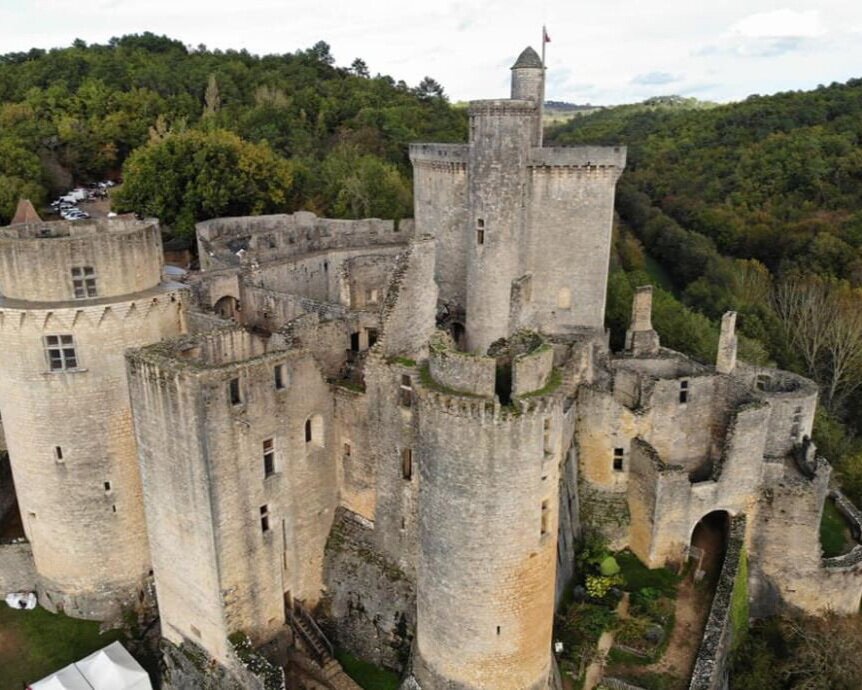

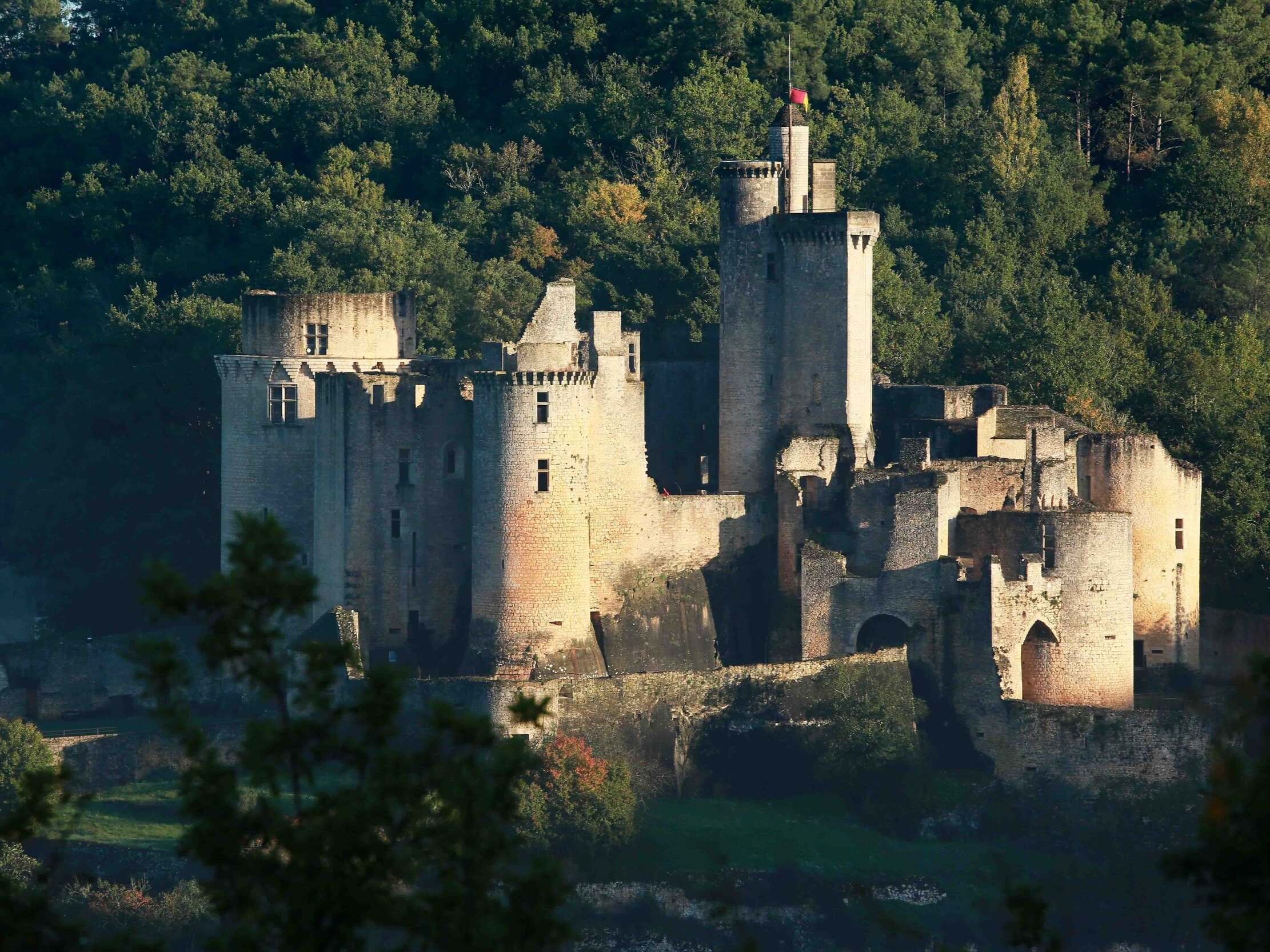
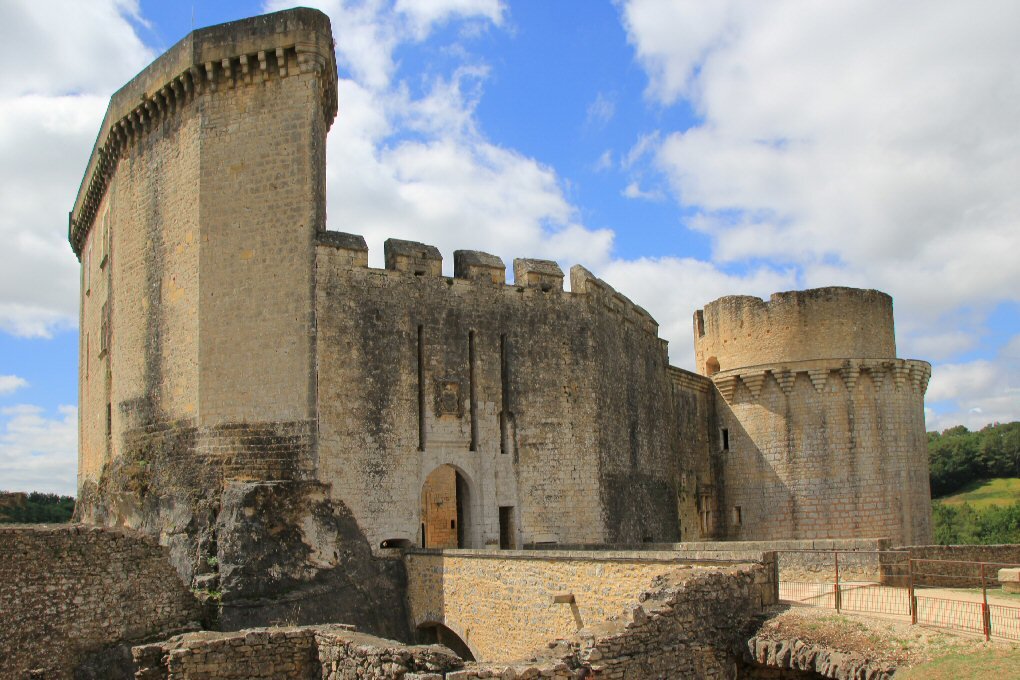
Chateau Boneguil
Chateau Boneguil is listed as one of the most spectacular medieval castles I’ve seen so far. The Castle was built in the 13th, 15th, 16th and 18th centuries, and classified as a Historic Monument. Tours are available or you can meander the castle on your own. There are many organised activities including workshops, treasure hunts, theatrical nocturnes, medieval theatre, and a musical festival.
A major site in Aquitaine, owned by the city of Fumel, it welcomes you, day and night, from the top of its dungeon to the coolness of its cave for exciting visits.
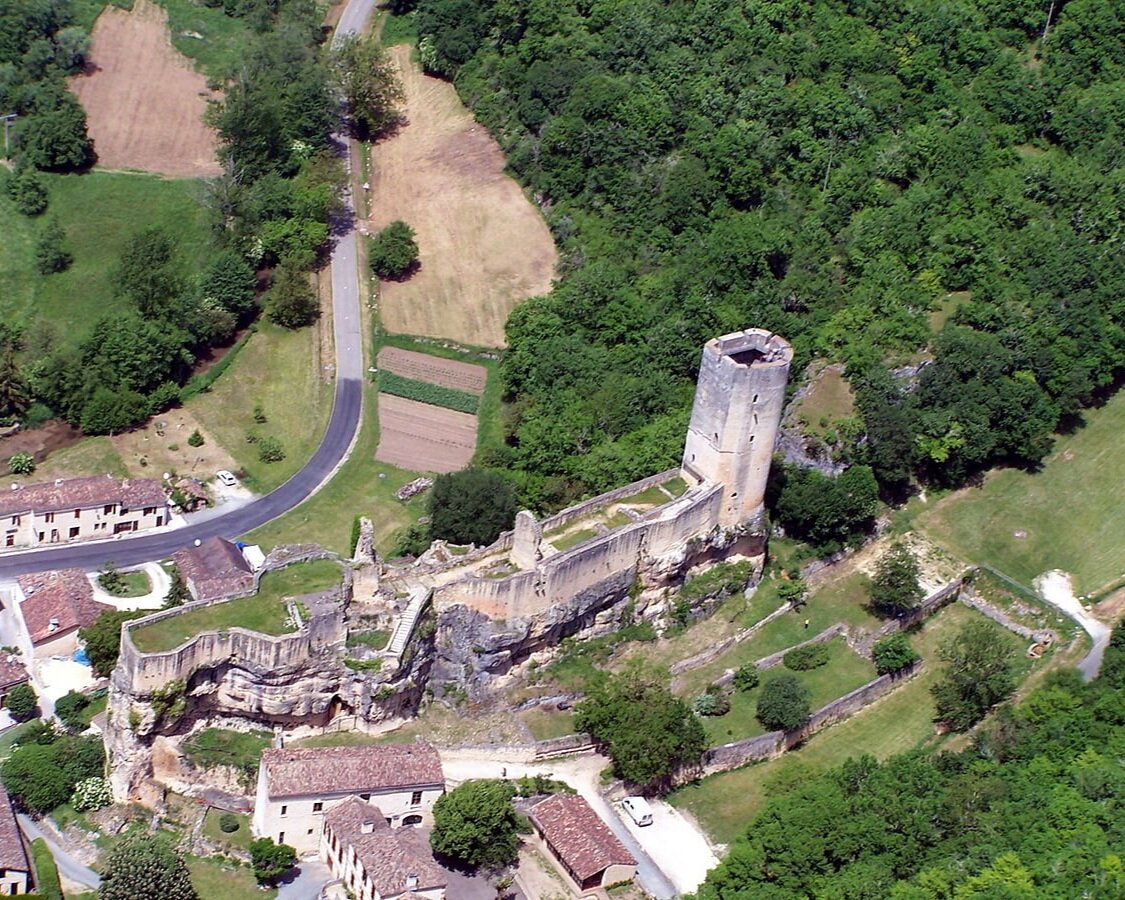
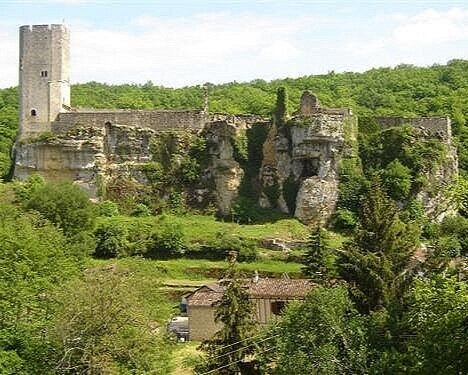
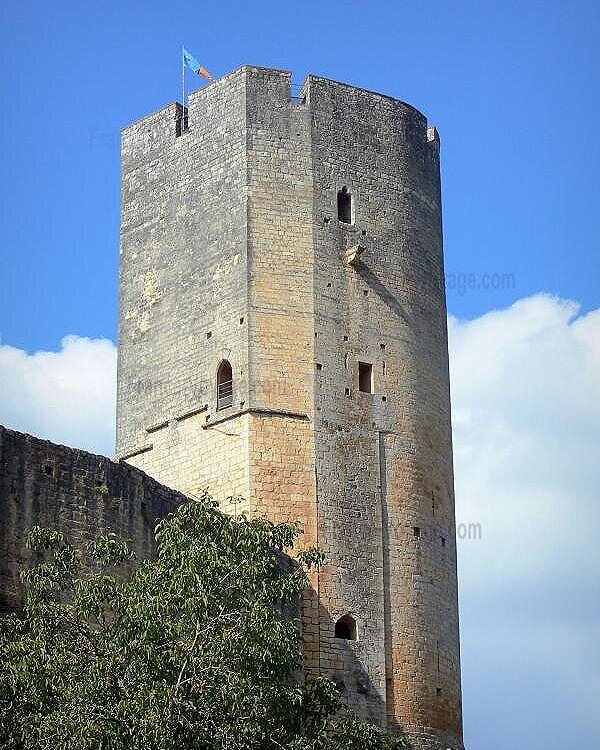

Chateau Gavauden
Overlooking a narrow valley, the castle of Gavaudun crowns a rocky spur of forty meters. It was first a heretic's den before being one of the last French bastions during the 100 years war. Originally the property of regional nobility, mainly Durfort and Lustrac, it benefits from the talent of the best architects of the time.
Visitors are welcome to Gavaudun to discover the astonishing architecture of the fortress, and to admire the magnificent views on the village.
In summer, the castle is awakened by storytelling mornings, stone-cutting workshops, abseiling from the dungeon, treasure hunts and family games, a medieval fair!

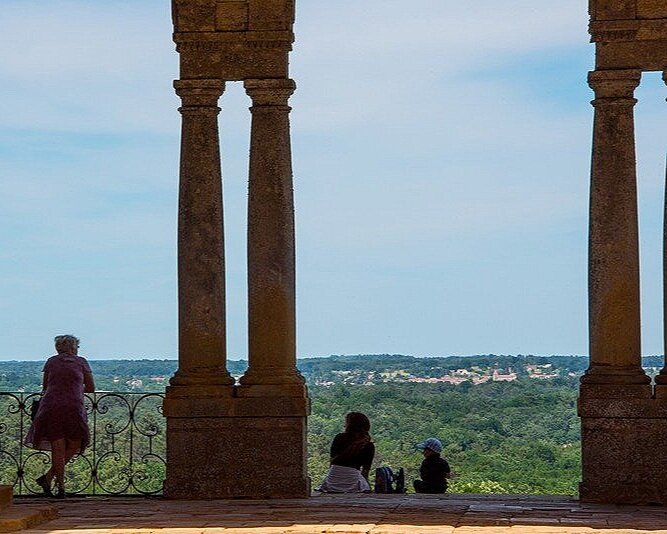
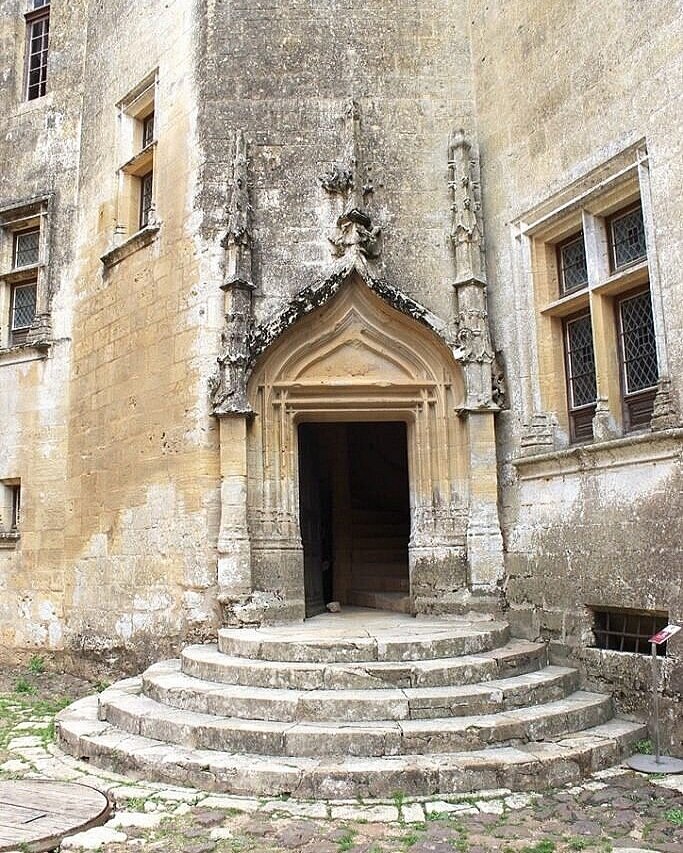
Chateau Biron
Chateau de Biron is located on the borders of Périgord and Agenais not far from the fortified town of Monpazier. Its history is linked to the greatness of one family – the Gontaut-Birons – who held the barony from the Middle Ages (11th century) for eight centuries until. In 1938 the Marquis of Biron was ruined and obliged to sell his chateau.
Today the castle belongs to the départment of the Dordogne and is listed among the Major Sites of Aquitaine and as an Historical Monument.
Every century from the 12th to the 18th has left an imprint on this monumental building: 12th- century keep, two-storey chapel, Renaissance apartments, impressive vaulted kitchens, State chambers…
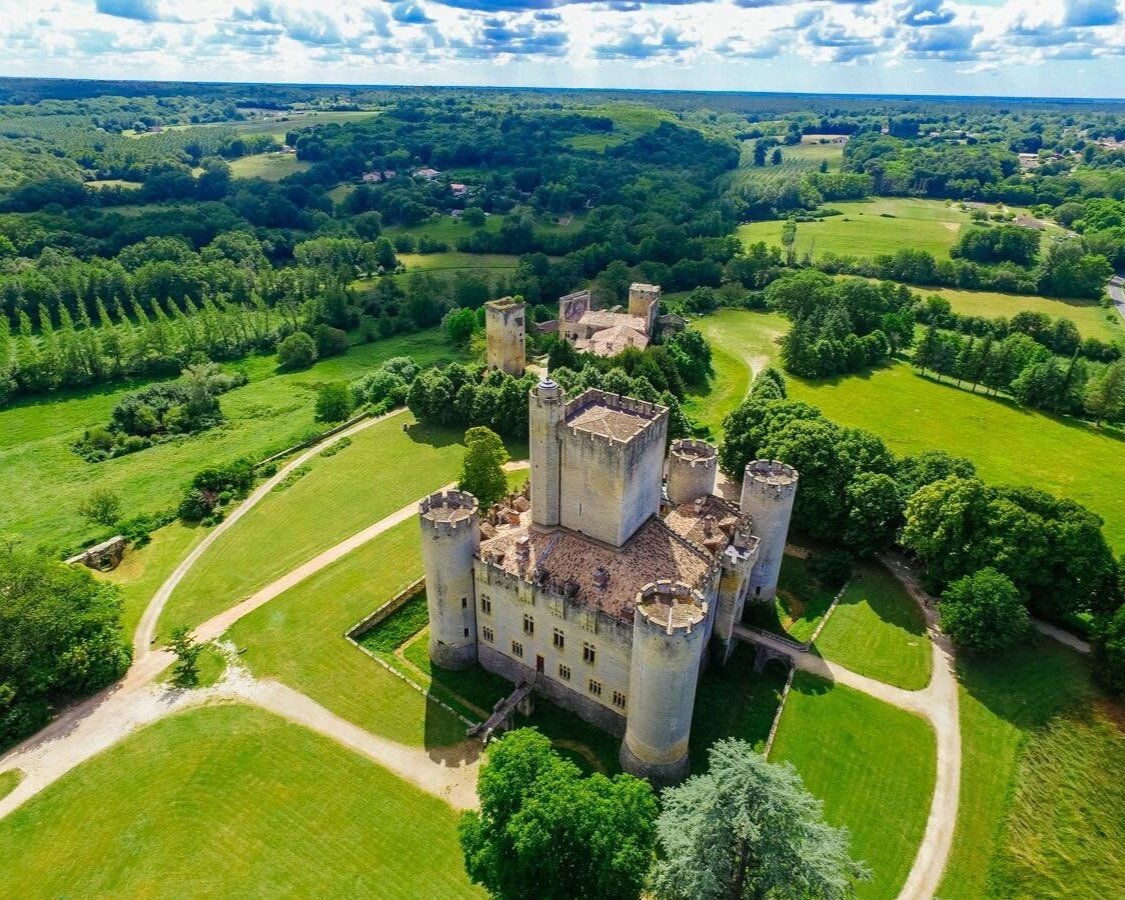

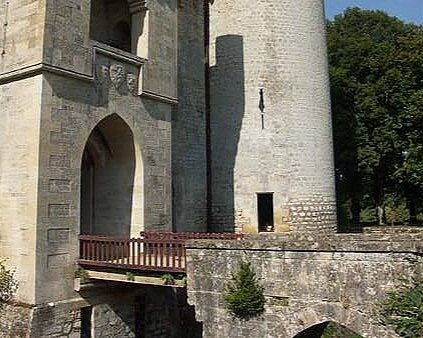
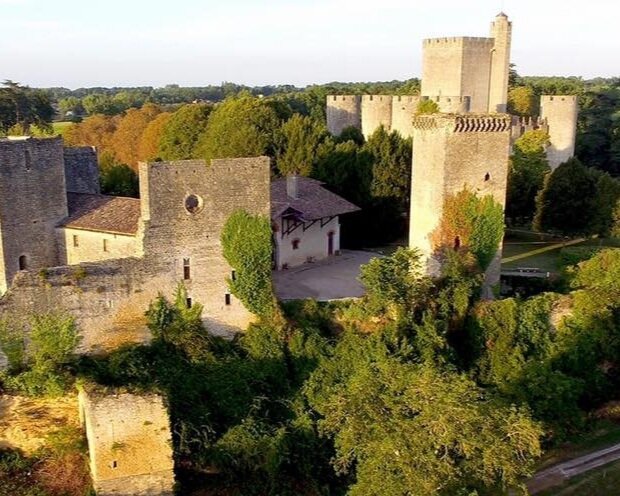
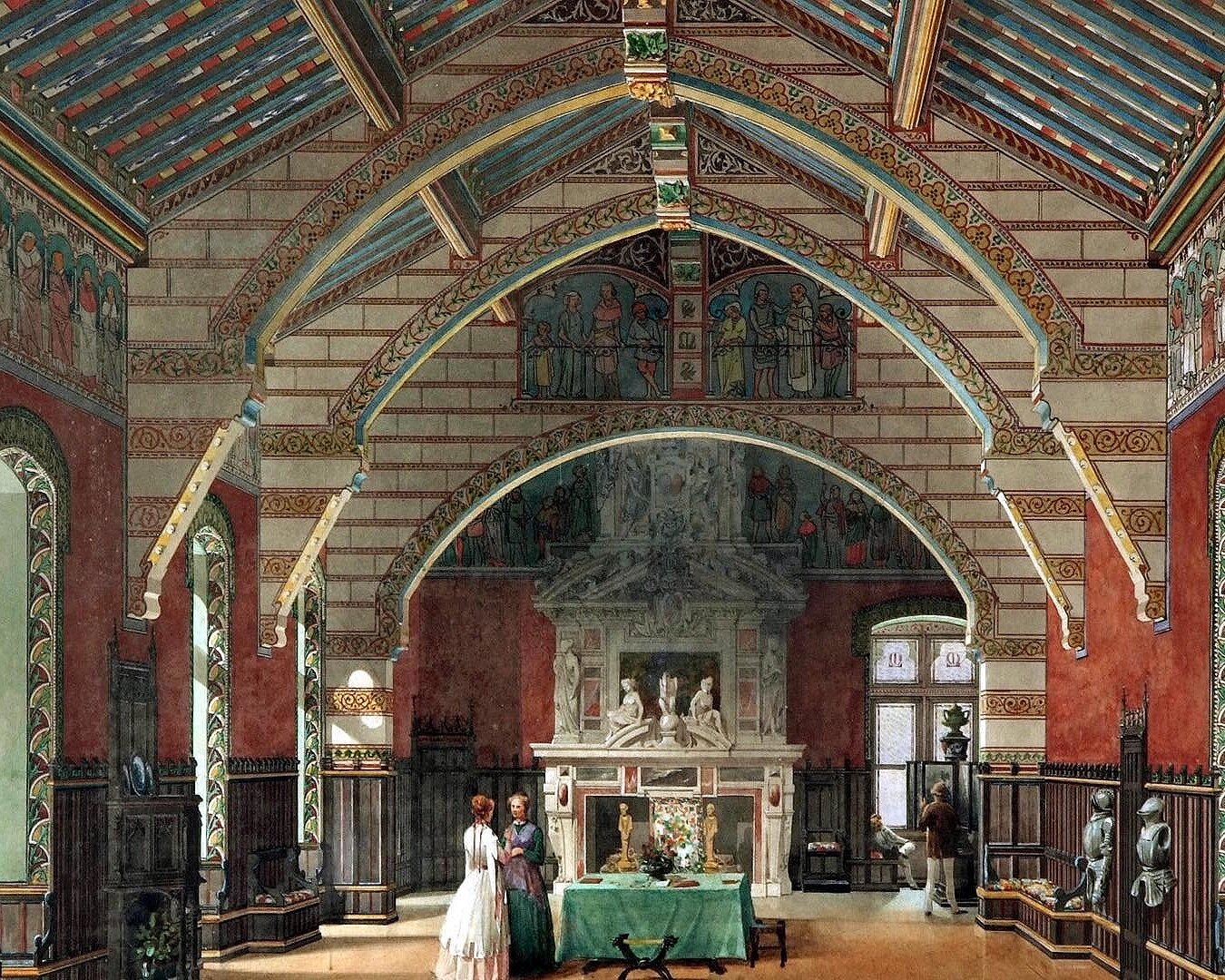
Château de Roquetaillade
Step over the border into the Gironde, and back in time to the medieval Château de Roquetaillade , a Chateau that has been in the same family for over 700 years.
Just 50 minutes from Labarthe heading south towards Bazas, the historical site of Roquetaillade consists of two 12th and 14th century fortified Chateaux. (Listed as a historical monument 1840.)
The Chateaux have been lived in and furnished by the same family for seven hundred years, and open to guided tours throughout the year (booking required), you can admire the medieval keeps and Renaissance fireplaces, and most of all the extraordinary interior decorations by Viollet-le-Duc. There is also a farming museum, a 150 year old Bazadais farmhouse, and take a stroll through the park with its ancient trees.
Restoration work is currently being carried out to parts of the chateaux funded by visits to the Chateaux. Work includes the synodal room, which was unfinished by the French architect Eugène Emmanuel Viollet-le-Duc in the 19th century.
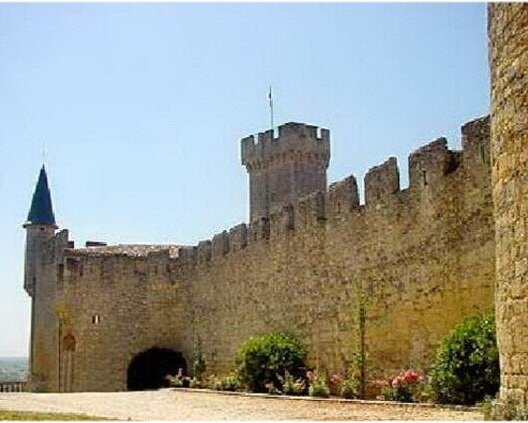

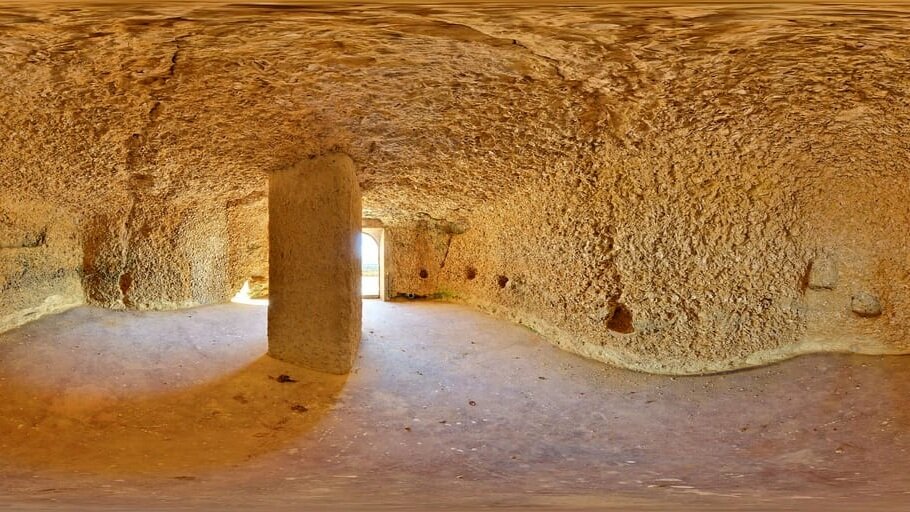
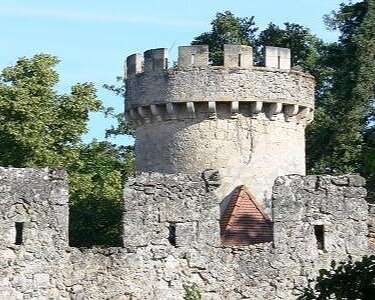

Château Sainte-Croix
Just 45 minutes from Labarthe takes you to the parish of Ste Croix Du Mont in the Gironde. This small village is steeped in history and is shown on records dating back before the 12th century.
Home to the impressive Château De Tastes or Château Sainte-Croix, erected during the 14th century, and rebuilt in the late 15th century. There is only a wall with a trefoil opening from this time. The remains of bays and fireplaces confirm the existence in the Middle Ages of a main block, a corps de logis, on the north western side. On the frontage overlooking the plateau, the quadrangular enclosure, with circular towers and protected by moats. Those are the remaining #medieval architecture elements.
In 1927, the town hall bought the chateau and built the school three years later. Since the 1970s, the school has been transferred and the town hall has moved into this superb building.
Take a walk along the river front and you’ll find a unique geological site unique in France made up of oyster #fossils. The fossils are 22 million years old, and were piled up deep into the sea during the tertiary era. The erosion and withdraw of water created caves, used today for wine tasting, and from the caves you can enjoy a beautiful panorama of the #Sauternes region.
The primitive church, with a single nave, is Romanesque and also dates from the 12th century. Girard de Tastes had a first chapel added. From this period, only the portal, classified as a historical monument, and the remarkable figure of the rope pullers remain.
In the 19th century, the church underwent, like many other buildings in the Gironde, a rehabilitation with a Gothic-inspired bell tower, as well as the interior, which however presents some older paintings.
If you are a keen walker then there is a 10km walk around this village that takes in all of the above and also a few vineyards along the way. Visit their website for more information and opening times.
